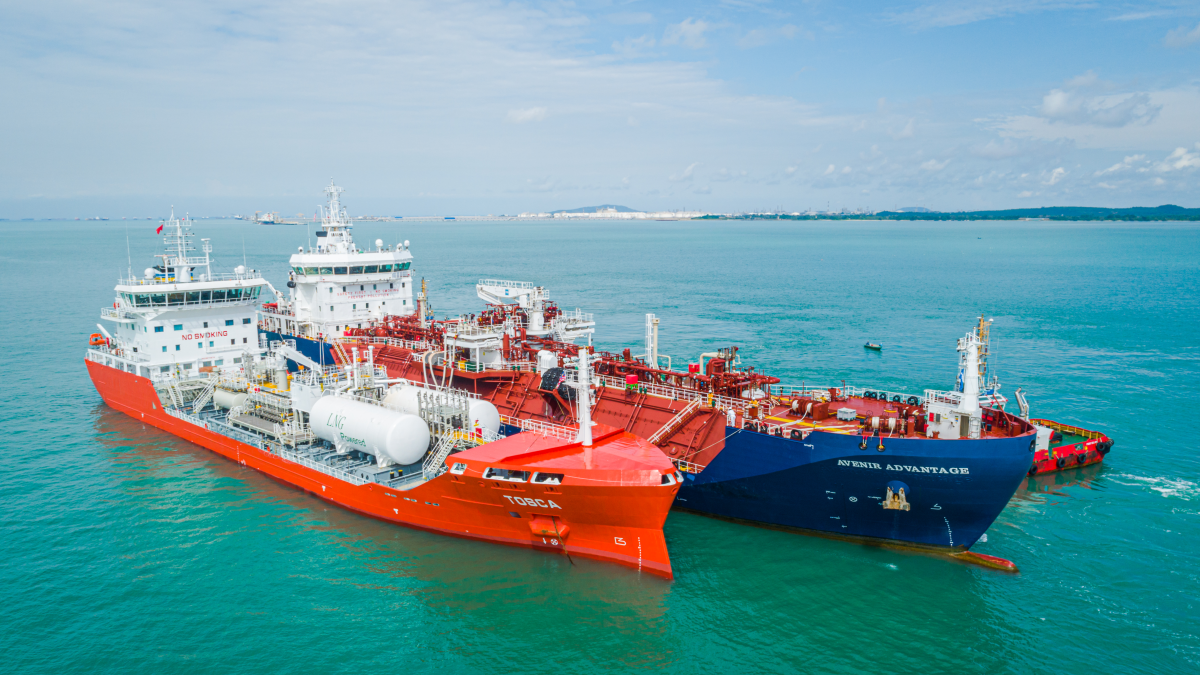Offshore Energies UK (OEUK) has proposed a raft of reforms to accelerate offshore wind generation following publication of the government’s Review of Electricity Market Arrangements
OEUK says the decision to take a national approach to pricing will encourage more wind energy investment to help the government hit its Clean Power 2030 targets and boost growth in the critical offshore energy supply chain.
The National Energy System Operator has given 5,000 energy projects in the queue for grid connections until 29 July to submit evidence for preferential treatment. The move is intended to prioritise ‘shovel-ready’ projects and scrap the first-come, first-served approach, which has allowed speculative schemes to delay viable clean energy developments.
OEUK says the proposal must be matched by reforms to the Contacts for Difference (CfD) scheme and planning system to ensure the next allocation round – AR7 – delivers the scale and pace needed.
OEUK’s analysis shows that to meet the CP30 goal of 95% clean power by 2030, the UK must deliver half of this target from offshore wind. This means at least 43 GW of offshore wind capacity must be installed by 2030, but current projections fall short at just 35 GW. The next three CfD rounds must therefore secure an additional 20 GW. Only two offshore wind generation projects – GreenVolt in Scotland and East Anglia Two in England – have been supported by the government’s CfD scheme since 2022.
“A clear regulatory framework that secures investment and maintains the UK’s position as a global leader in offshore wind is now imperative,” said OEUK. “Offshore wind is one of the UK’s greatest energy success stories – generating low carbon electricity at scale, creating jobs, and revitalising coastal communities.
“Fixed-bottom turbines in shallower waters have driven the UK’s rapid growth of wind energy generation to date but floating wind turbines using newer technologies, can be anchored in deeper waters with stronger wind resources, opening new areas for development. They also have fewer environmental constraints than fixed-bottom projects and can progress more smoothly through the consenting process. Speed and clarity to reform grid access and a more transparent approach with equal treatment for fixed and floating wind farms would give developers and the supply chain greater confidence to invest.”
OEUK wants the government to provide assurance that sufficient funding is available for both fixed and commercial floating wind projects over the next three years, including projects to decarbonise offshore oil and gas operations, strengthen the UK supply chain, and create export opportunities. It is also seeking grid and consent reform, with what it calls “improved risk sharing” between developers and grid network operators plus increased administrative capacity and streamlined planning to reduce delays to grid connection. Compensation should be offered for unexpected hold ups, it believes.
The industry association also wants reform of eligibility criteria to allow both fixed and floating wind projects that have not received full consent to bid in the auction, and wants CfD contracts extended from 15 to 20 years and a well-balanced cap and floor to transmission charges to improve investor confidence, lower subsidies and reduce costs to consumers.
OEUK wind energy manager Thibaut Cheret said, “AR7 must be the turning point in making UK wind ambition a reality. That means enabling floating wind to compete on an equal footing, unlocking grid access and giving developers the confidence to invest at scale.
“We are calling for clear eligibility rules that allow well-progressed but unconsented projects to bid, longer CfD terms to reduce costs to consumers, and a firm commitment to grid and consenting reform – including compensation for delays. These are the changes our members need to deliver the next 20 GW.
“At the same time, we are working with our members to reduce project risk and borrowing costs as well as improving contractual relationships and promoting standardisation of modular wind turbine components to make them cheaper and faster to install.
“There is only one energy supply chain for offshore wind and oil and gas and it cannot be allowed to decline. With the right reforms and a pragmatic energy strategy which supports homegrown oil and gas alongside the acceleration of UK renewables, the North Sea can remain a global energy powerhouse, supporting economic growth, jobs, and our climate goals.”
OEUK also noted that transmission has a cost, which is paid by the generator and the user which appears in electricity bills. This cost is expected to increase dramatically in future years as more energy is brought from Scotland to England. “The connection cost for the generator rises for remote areas but in heavily populated areas generators are paid to connect. The price difference must be adjusted with a proposed cap and floor system that would introduce an upper maximum cost to Scottish projects,” OEUK says.
“The government is still to announce the full outcome of its REMA consultation beyond the already published decision on zonal pricing,” OEUK concluded, noting that it is calling for introduction of ‘deemed contracts for difference,’ based on potential, not actual output. “This would mean wind energy producers being paid according to their potential capacity in a system that would give producers the opportunity to benefit from high global wind energy prices when they are available and keep a proportion of the additional profits.”




